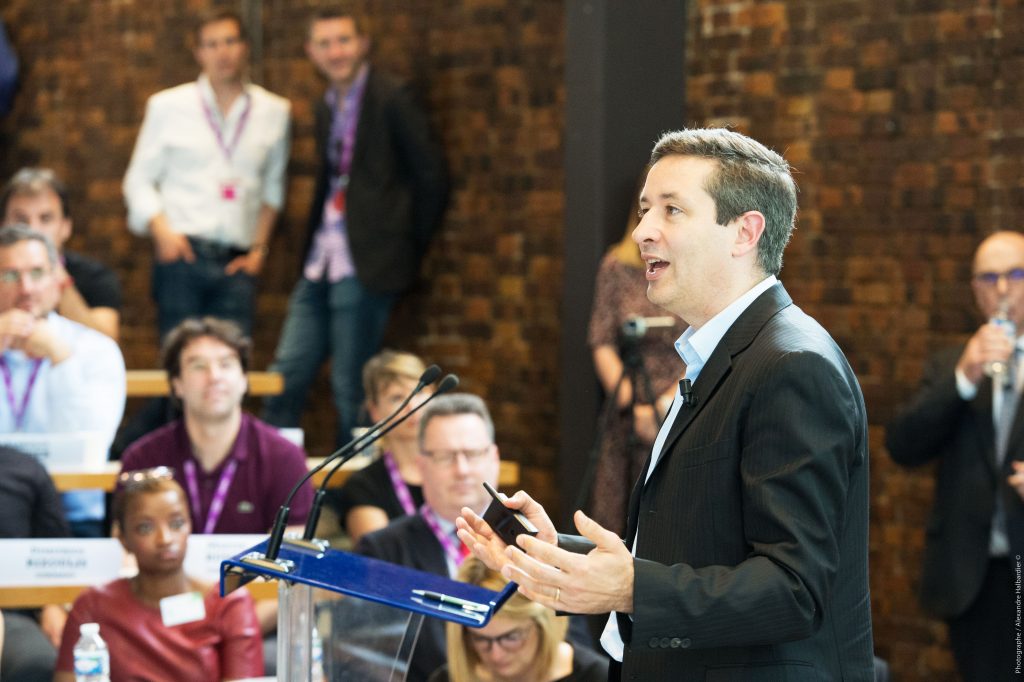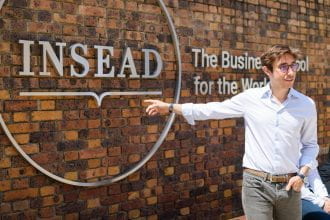INSEAD is behind some of the most-read and most-awarded business cases in the world
Case studies are a given in any business school. Indeed, the case study method is highly effective for teaching concepts that lead to smarter management decisions.
But not all cases are created equal. And not all schools are adept at writing good cases.
INSEAD, however, has a track record in case publishing that’s hard to beat. Among the 10 most-distributed cases managed by The Case Centre in the last 40 years, INSEAD authored six of them—Swatch, Virgin Atlantic Airways: Ten Years After, Zantac, Anderson Consulting (Europe): Entering the Business of Business Integration, Scandinavian Airlines System (SAS) in 1988 and Unilever in Brazil—far more than any other business school in the world. The school also won five of the last 10 awards (in 2016, 2012, 2009, 2008 and 2007) in The Case Centre’s “overall case winner” category. Even at the most recent competition, The Case Centre Awards and Competitions 2017, INSEAD faculty took home two awards—one for a case in the Marketing category and another for a case in the Human Resource Management and Organisational Behaviour category. Currently, INSEAD cases are used in more than 100 business schools and universities around the world.
Pierre Chandon, the L’Oréal Chaired Professor of Marketing, Innovation and Creativity, is eager to see this trend continue. Acknowledging that Harvard Business School has a foothold in the case marketplace—having published roughly six times as many cases as INSEAD—he is leading an internal taskforce to help INSEAD continue to increase the number of cases it publishes each year.
“It’s especially important for our school to have our own cases because we attract MBAs who want to have a global perspective,” Pierre says. “They don’t necessarily want to see cases that are just about American companies like GE, P&G and Boeing.”
Making the case for INSEAD
So what makes a case study so effective as a teaching method, especially when compared to a traditional textbook lesson?
“It’s the power of the narrative,” says Pierre. “I always say that a case is like reality TV compared to scripted programmes, in the sense that it’s about something real. It makes our teaching memorable and gets people excited.” For example, he says, a case study about a Portuguese toilet-paper company manages to capture the attention of students—and even seasoned executives—despite its seemingly banal subject matter, because everyone can easily see how hard it can be for a small company to differentiate a commodity when facing competition from multinational giants.
However, a good case does more than tell a good story, Pierre explains. It intertwines exciting concepts with important issues, spurs discourse and debate, and challenges students to learn by doing. “A good case has a clear learning objective,” says Pierre. “It identifies important and integral issues that many businesses face. It is not simply a good piece of journalism about what happened at a particular company. This is something that INSEAD does really well.”
Unlike most business schools, INSEAD maintains a dedicated website for case studies that houses thousands of cases in eight topic areas. Alumni may also register with the site to purchase individual cases for US$6 each. “It’s something that we really want to encourage alumni to do,” says Pierre, noting that there are more than 2,000 cases for alumni to choose from. “Chances are, you’ll find a case about a company that you’re interested in. It’s a really affordable way to find out what other companies are doing.”
In addition, most recent INSEAD cases come with their own microsite that contains additional content, such as videos, freely accessible to all. They also contain resources exclusively for faculty use. In this restricted area, faculty members can review documents detailing the outcomes of the scenarios described in the case studies. They can also access videos of professors teaching the cases, download PowerPoint decks used in class, and find other teaching resources. This is one reason why INSEAD cases are now used in a growing number of other business schools, contributing to promoting the school’s reputation.
“For example, there’s a video of me teaching a case to MBAs at INSEAD that colleagues can watch so they can see the Q&As and how we organise our discussions,” says Pierre. “We offer a lot more than other schools. We have something really unique.”
In search of the next great case
As INSEAD looks to increase its stake in the case marketplace, faculty members invite alumni to submit ideas for cases based on the experiences they’ve had at their own companies. (Contact Isabel Assureira, head of INSEAD publishing, to submit an idea.) The ideal subject matter for cases is companies that have found innovative solutions to typical business issues in interesting contexts, especially if they feature female protagonists or companies based outside the U.S., explains Pierre.
“The best cases are those from companies that don’t hesitate to share their mistakes, and explain how they went wrong—not just how they were right,” he says, adding that there’s a business benefit that comes from featuring your company in a case. “It’s an opportunity for companies and alumni to show the world how well they’ve done. It is also a great way to give back to the INSEAD community by helping advance business knowledge.”
At the same time, Pierre encourages INSEAD faculty to devote more time to case writing. The outcome, he says, is worth the investment—especially when you consider the ways in which case publishing can contribute to INSEAD’s mission of using business for good. He cites his best-selling case, Unilever in Brazil, which is taught to about 10,000 students outside INSEAD each year. This case shows how companies can adapt their strategies to serve the world’s poorest consumers, giving them access to quality products customised to solve their goals, at a profit.
“You can really change and touch the lives of lots of students and professors in a way that is unlikely to happen if you just focus on research,” he says. “You can actually reach out and impact people beyond INSEAD.”



